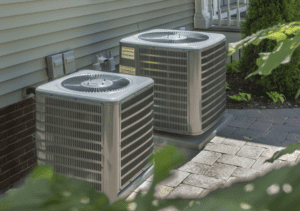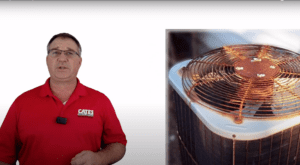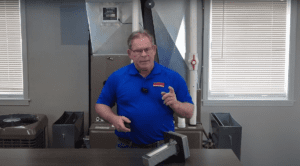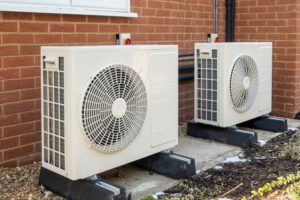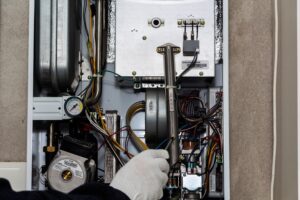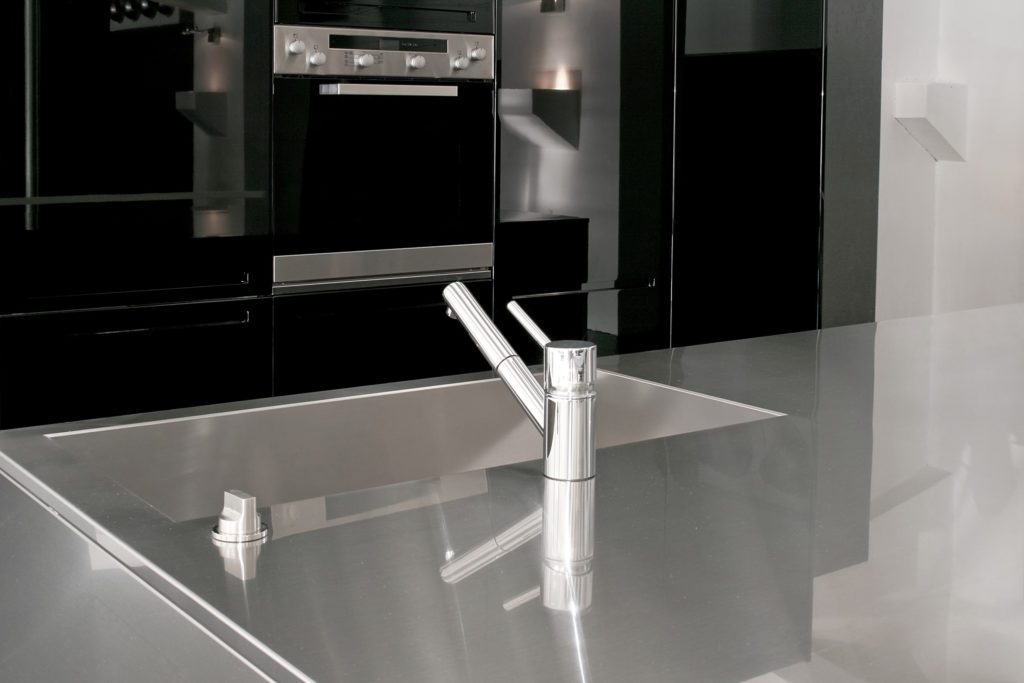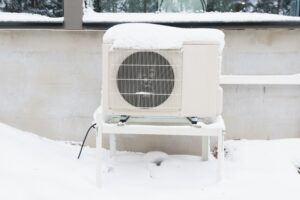As one of the hardest working appliances in your home, your kitchen and bathroom faucets see a lot of traffic. From washing your hands to doing the dishes, there are many reasons why you need reliable faucets in your home. A broken faucet can quickly throw your home routine out of whack, so it’s important to replace a faucet that’s wearing out as soon as possible.
There are many signs to watch out for to know when to replace a kitchen faucet or faucet in a bathroom. Cates Heating and Cooling is here to help if you’re having problems with your home’s faucets. Look for these warning signs to know whether your faucet is on the fritz, needs repair, or is ready to be replaced.
Signs You Need a New Faucet
Many people wonder how often faucets should be replaced or how long bathroom faucets last; unfortunately, the answer is not that simple. There are many factors that could indicate why you may need a faucet replacement in your home. Before experiencing a major plumbing problem in your home, it’s best to replace your faucet if any of the following problems occur.
1. Dripping Faucet
A faucet that drips, even if the handle is turned completely off, could mean the pipes or valves are malfunctioning and need to be replaced. If you have higher water pressure than normal in your pipes, your faucet may drip inadvertently. A dripping faucet may not seem like that big of a deal, but it can lead to severe water damage at the bottom of the faucet or underneath the sink.
Many faucets that drip can be adjusted, but if it still drips after multiple repairs, it’s time to replace the whole unit.
2. Leaking Faucet or Handles
Faucets can leak in many places, including the handle, base, or even from the pipes underneath. Some leaky faucets can be repaired by replacing or tightening certain parts, but most of the time, it’s much easier to replace the entire apparatus and may even save you money in the long run.
Not only can a leaking faucet become annoying very quickly, but it can also lead to the growth of mold and other damage from water. Water that leaks may pool onto counters or in cabinets, causing further damage to other elements in your kitchen or bathroom. To avoid mold growth or expensive damage, it’s best to replace the faucet instead of wasting money on lengthy repairs.
3. Rust, Grime, or Mineral Deposits
Another sign you need to replace a faucet is if you notice any buildup of rust, grime, or other mineral deposits. These substances are one of the most common reasons faucets become damaged, especially if left over time.
When mineral deposits build up inside your faucet from processing hard water, the faucet won’t perform at the highest level and may end up needing further repair. Faucet handles that stick or crack when you move them may be corroded with rust that will ultimately break down your faucet and create a problem that can’t be repaired.
While many rust and hard water stains can be cleaned with lemon juice or vinegar, extensive deposit buildup is a sign to replace your faucet. Rust tends to first build up internally, but it can also appear around the base of the faucet or the spigot. Replacing your faucet, as well as installing a water softener in your home, can help to reduce damage caused by rust, mineral deposits, and corrosion.
4. Squeaking Handle or Other Damaged Components
Your kitchen or bathroom faucet may need to be replaced if the handle or other components become damaged and stop working properly. Broken handles may make a squeaking noise, indicating that the faucet stem has worn too far down. This issue can be repaired by using plumber’s grease to coat the handle stem, but keep in mind that a deteriorating faucet can easily lead to further problems if not replaced.
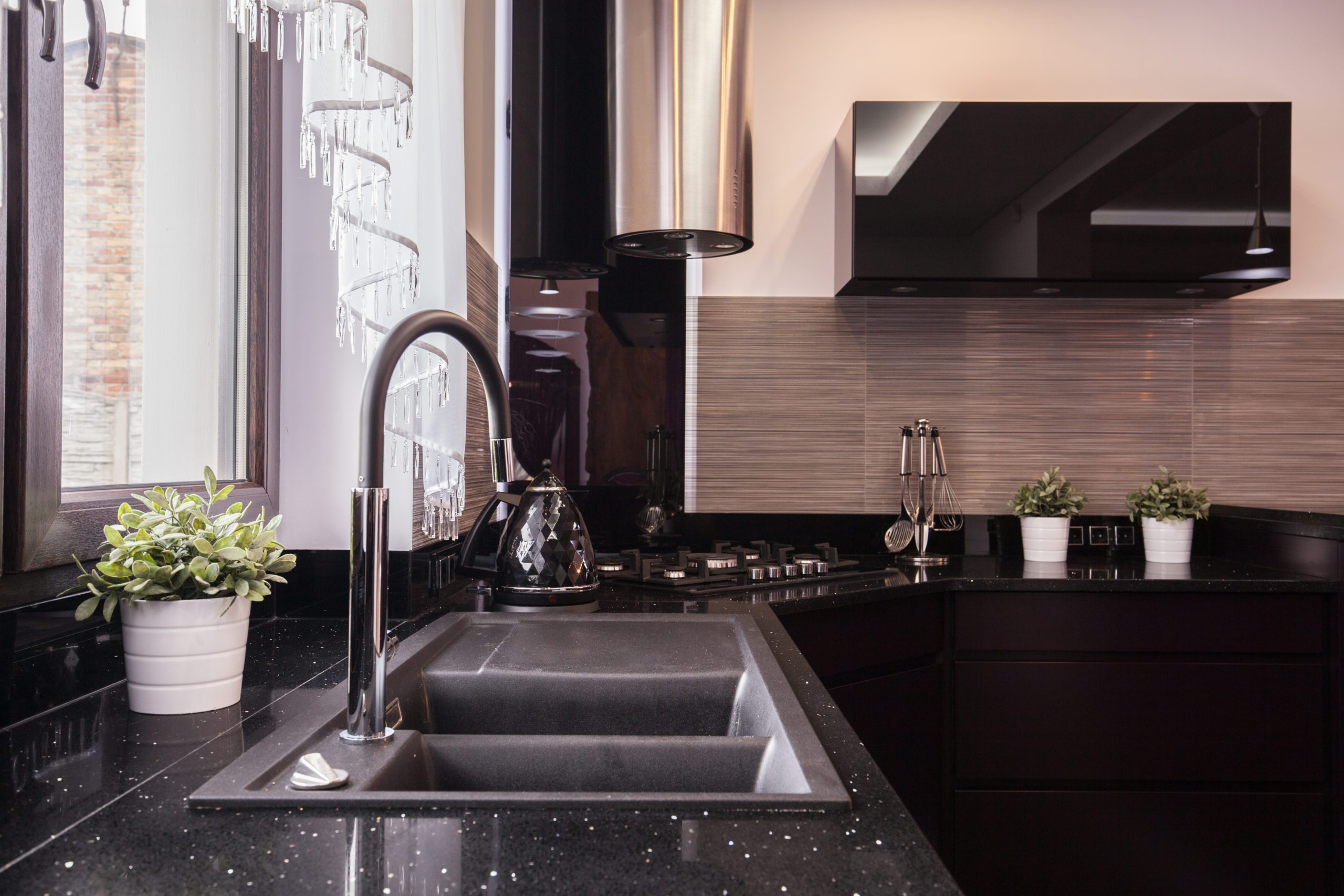
5. Spitting Faucet
Other signs you need to replace a faucet in a bathtub or sink is if water is spitting out rather than coming out in a steady stream. Faucets that can’t produce a nice stream likely have a clogged aerator, which is the screen-like part that covers the faucet’s tip. If the clog is extensive, it’s time to get a new faucet.
6. Noisy Faucet
Depending on what problem the faucet is having, noises and sounds from the faucet will vary. Any unusual sound that you notice indicates that something is wrong. A screeching sound may indicate that the faucet’s rubber washer has hardened over time and needs to be replaced. Other noises, like clicking or clanking, could mean that certain faucet pieces may have cracks.
At this point, your faucet will likely need maintenance or need to be replaced. You can take the faucet apart and inspect it for any potential problems causing the sound or call your local plumber to diagnose the problem.
7. Aging Faucet
A faucet’s lifespan will depend on its make and model. You can figure out the lifespan of your faucet by researching the model number through its manufacturer. However, most faucets generally last about 15 years if maintained and cleaned properly.
Any old faucet should be replaced. You may also need to check any piping to ensure there aren’t any other plumbing problems.
8. Water Tastes or Smells Bad
Weird smells or bad-tasting water from a faucet can indicate there’s a problem. If the smell or taste is consistent with all faucets in your home, you may need to call your water company to see if something is temporarily affecting the quality of the water.
If the smell or taste is concentrated to one faucet, the piping or faucet itself may have too much wear and tear. As the faucet starts to break down over time, your water can become rusty and cause it to taste or smell bad. A professional plumber can diagnose what exactly is causing the taste or smell and complete a faucet or pipe repair if necessary.
9. Poor Water Pressure
Poor water pressure that’s consistent across your entire home is most likely a problem with the water itself, so you may need to give your water company a call to find out why. Otherwise, pressure problems in only one sink may happen due to excessive corrosion or hard water buildup. These problems can be hard to reverse, so it’s best to replace the entire faucet.
10. Mold Formation
Any place where your faucet leaks water can lead to the formation of mold. Not only can mold lead to further damage to your cabinets, counters, or walls, but it’s also extremely unhealthy to have around your family or pets.
If you recognize any mold in or around your faucet, immediately check for leaks. Some leaks, like ones from pipes or your kitchen sink, can go unnoticed for several weeks. This can result in mold growth before you even recognize that the leak is occurring.
Why Should You Install a New Faucet?
Besides fixing any issues that could lead to expensive damage, there are many reasons to install a new faucet in your kitchen or bathroom, including:
- Improve Appearance: A new faucet in your kitchen or bathroom, especially modern faucets that come in many styles and colors, will improve the room’s visual appearance.
- Increase Your Home’s Value: If you’re selling your home, new faucets add significant value to your home and make it more appealing to homebuyers.
- Add Additional Functionality: Modern faucets now feature even more functionality than they have in the past. Swivels, pullouts, and other touch controls will make your faucet that much handier.
- Save Money on Your Utility Bills: Because newer faucet models are more efficient, they use less water and can reduce your water bill each month.
Hiring a Professional to Install a New Faucet
Installing a faucet can be a difficult task, and if not done correctly, may lead to further damage to your home or plumbing. To avoid damaging your new faucet or an expensive plumbing repair, it’s best to call a professional plumber.
Our professional plumbers at Cates Heating and Cooling can easily install your new faucet in a short amount of time. We also offer all of our customers financing options, so you don’t have to delay a necessary faucet replacement. Give us a call today at 913-888-4470 for Kansas residents and 816-944-1844 for Missouri residents.






